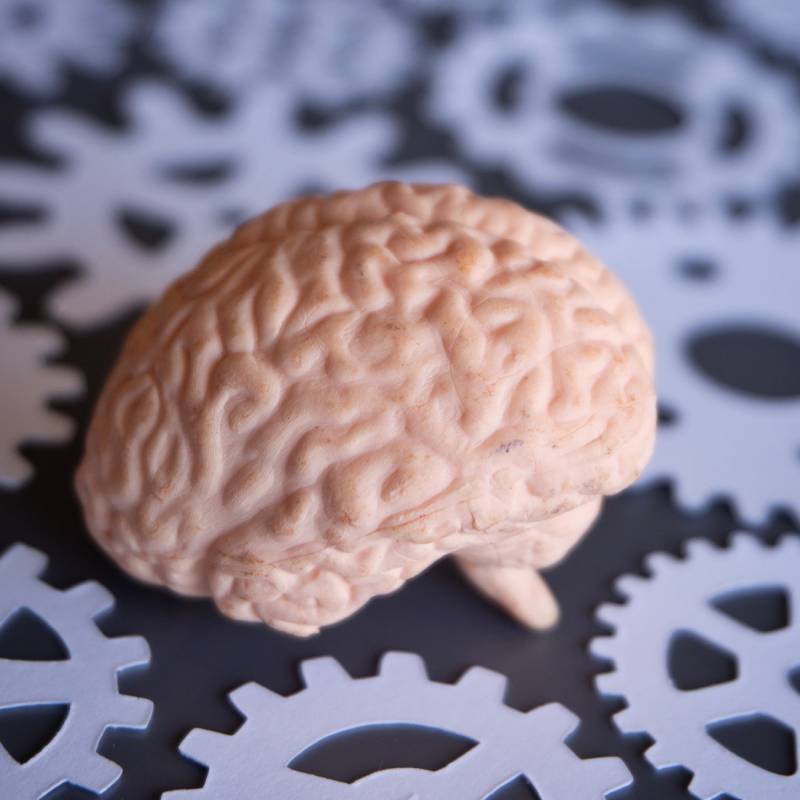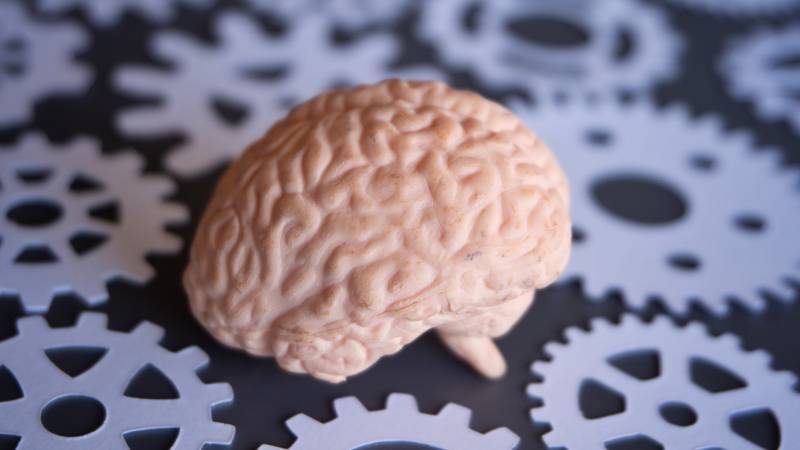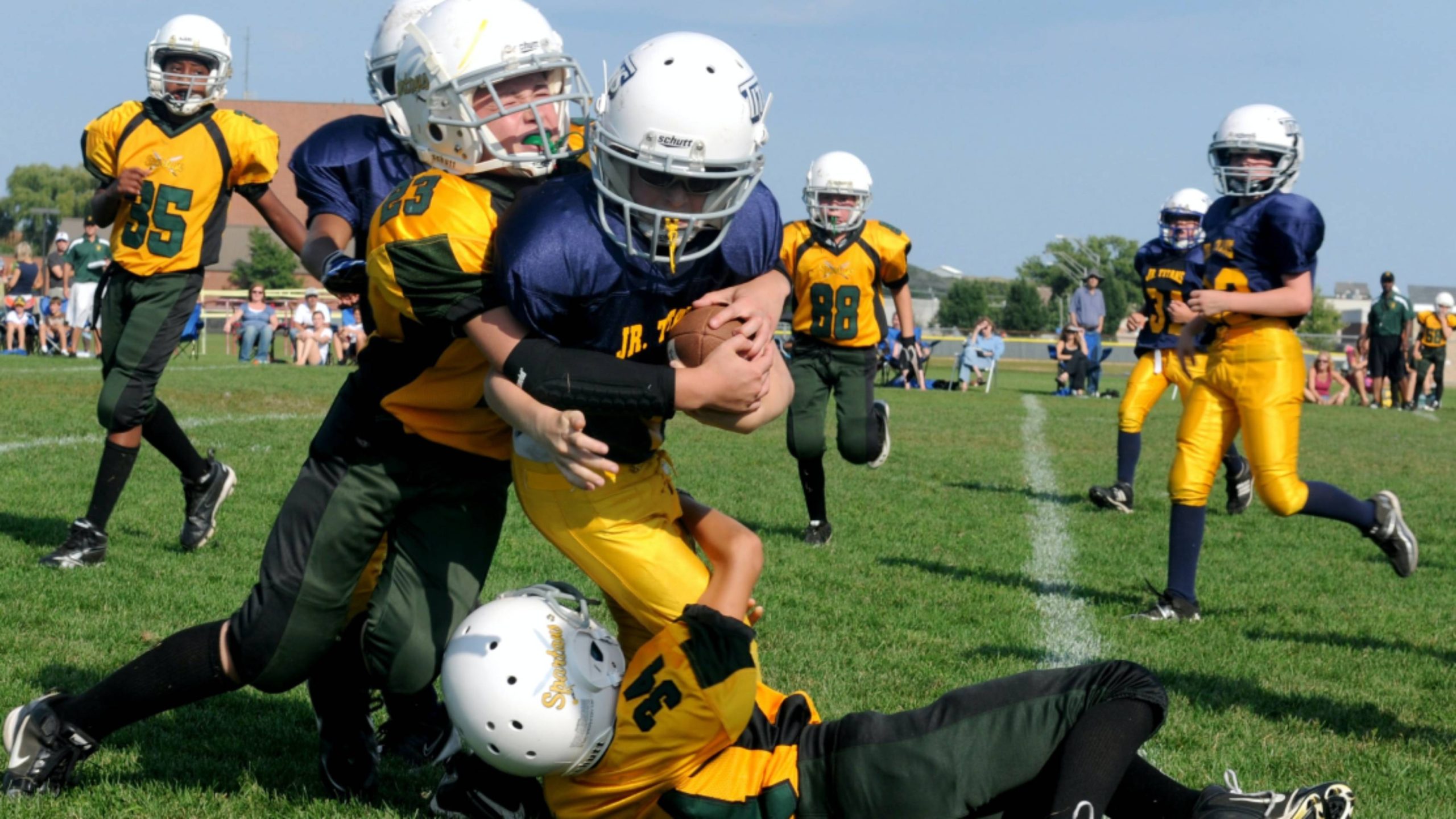Causes and Mechanisms of Concussion

Concussions are mild forms of traumatic brain injury, but can have serious short- and long-term health consequences. They occur as a result of a shock or sudden movement of the head. This article explores the causes, mechanisms, symptoms, treatment and prevention of concussions.
The main causes of concussion in contact sports
Contact sports such as soccer, ice hockey and boxing are frequently associated with a high risk of concussion. These injuries can occur in a number of ways.
Impacts directs
Direct impacts to the head are a frequent cause of concussions in contact sports. Here’s how these impacts can occur:
- Head-on collision: This situation is common in soccer, rugby and other contact sports, where players may collide head-on during an attempted tackle or in an intense physical confrontation.
- Head versus equipment: Players can suffer concussions when they hit their heads against equipment such as field hockey sticks, helmets, or goalposts. This often happens in ice hockey and soccer.
- Head-to-ground: Falls or tackles that result in the head hitting the ground are particularly risky. Hard surfaces such as the floor of a basketball court or a stadium can cause serious trauma when the head is violently thrown against it.
These types of impacts can cause a sudden movement of the brain inside the skull, exceeding the capacity of the human body’s natural protective mechanisms and leading to concussion. Monitoring these situations and enforcing strict rules during games are essential to reduce the frequency and severity of such incidents.
Sudden movements
Even without a direct impact on the head, rapid, abrupt body movements can cause concussions. These movements can include:
- Sudden stops: A quick stop, such as when a soccer player comes to a dead stop or suddenly changes direction, can cause the brain to continue moving inside the skull. This can cause stretching or twisting of brain structures.
- Changes of direction: Rapid head movements during changes of direction, common in sports such as rugby or basketball, can cause the brain to move violently, potentially against the walls of the skull.
- Whiplash: This term describes the forward and backward whipping motion of the head, often seen in car accidents, but also possible when sports contact is frequent. This movement can stretch and damage nerves and brain tissue. Here are a few examples of situations where whiplash can occur:
- Soccer: Players may suffer violent blows to the neck during tackles, resulting in whiplash.
- Boxing: Blows to the head can cause sudden movements of the neck, increasing the risk of whiplash.
- Ice hockey: Violent contact against walls or between players can result in whiplash.
Each type of movement can disrupt normal brain function and lead to a variety of neurological symptoms, meaning that special attention must be paid to the prevention and immediate management of sports concussions.
Concussion: What Happens in the Brain
A concussion is a mild type of head injury, but can have serious consequences. Here’s what happens when you have a concussion.
Trauma to brain tissue
When a concussion occurs, the brain tissue undergoes several types of trauma. Here are the main mechanisms involved:
- Diffuse axonal damage: sudden acceleration or deceleration of the head can cause stretching or tearing of the axons [1], the parts of neurons that transmit electrical signals. This damage can disrupt normal communication between nerve cells [2].
- Cerebral backlash: The impact may cause the brain to move inside the skull, hitting the opposite wall to that of the initial impact. This can cause further damage, particularly on the side opposite the impact.
- Microscopic bleeding: Small blood vessels in the brain can rupture, leading to minor bleeding. Although often microscopic, these hemorrhages can contribute to inflammation and intracranial pressure.
- Cerebral edema: The inflammatory response to injury can cause swelling of the brain. This edema can increase pressure inside the skull, aggravating brain damage [1].
These different types of trauma contribute to the complexity of concussions and the variability of their symptoms and severity. Appropriate treatment and monitoring are therefore essential to minimize the long-term consequences of these injuries.
Chemical reactions to concussion
When a concussion occurs, it triggers a series of complex chemical reactions in the brain. Here are the main reactions involved:
- Neurotransmitter release: Immediately after a concussion, there is an excessive release of neurotransmitters which can disrupt normal communication between neurons [3].
- Ion imbalance: Physical disruption of the brain can cause an abnormal flow of ions, such as calcium and potassium, across the membrane of nerve cells. This affects the electrochemical balance necessary for normal neuron function [2].
- Increased glycolysis: To meet the increased demand for energy after injury, brain cells increase glucose consumption. However, this increase is often not sufficient to meet the high energy requirements, which can lead to an energy crisis.
- Production of free radicals: Disruption of normal cellular processes can lead to an increase in free radicals, unstable molecules that can cause further damage to brain cells [4].
- Altered blood-brain barrier permeability: Concussion can make the blood-brain barrier more permeable, potentially allowing harmful substances to enter the brain, exacerbating damage [5].
- Inflammation: The inflammatory response in the brain is activated in an attempt to repair damage, but can paradoxically contribute to further disruption of brain tissue [6].
These chemical reactions can have immediate and long-term effects on brain function, and are the reason why rest and proper medical management are essential after a concussion.
Concussion: Preventing risks in the field
Concussion prevention in contact sports is crucial to the safety of athletes. Here are a few prevention strategies.
Protective equipment
Proper use of protective equipment is fundamental to preventing concussions in contact sports. Here are the essential elements to consider:
- Helmets:
- Helmets are designed to absorb and reduce impact on the head. They must be homologated, meeting current safety standards specific to each sport.
- It’s crucial that the helmet is correctly fitted to each player’s head to maximize its protective capacity.
- Mouth guard:
- Mouthguards can help cushion blows and reduce the force of impacts transmitted to the skull. They are particularly important in sports such as field hockey and boxing.
- They need to be individually molded to ensure a precise, comfortable fit, which increases their effectiveness.
- Neck and shoulder protection:
- Protective equipment for the neck and shoulders can help stabilize these areas during contact and collisions, reducing the risk of sudden head movements that can lead to concussion.
- This equipment must be properly fitted and adapted to the player’s morphology to offer effective protection without compromising mobility.
- Technological improvements:
- Ongoing advances in sports equipment technology include the integration of more absorbent materials and improved ventilation systems to increase comfort without sacrificing safety.
- Some new helmet models incorporate sensors that measure the force of impacts, providing valuable data for assessing the risk of injury.
- The use of cushioned helmets by NFL players during games will now be able to be worn by players during matches [7].
By investing in quality protective equipment that fits properly and complies with the latest technological innovations, players can significantly reduce their risk of concussion.
Rules and education
Improving safety in contact sports requires strict rules and effective education for all participants. Here are a few key points to bear in mind:
- Modifying the rules of the game: Sports organizations can modify the rules to limit risky physical contact. For example, stiffer penalties for blows to the head in field hockey or soccer can deter dangerous behavior.
Mandatory training: Players, coaches and medical staff should receive regular training on the risks of concussion, the symptoms to watch out for, and best practices for intervening in the event of injury. - Return-to-play protocols: Establishing clear protocols for returning to play after a concussion is essential. Athletes should not return to competition until they have fully recovered and have been cleared by a medical professional.
- Awareness campaigns: Conducting awareness campaigns to educate athletes about the dangers of concussions and the importance of reporting symptoms can encourage a culture of safety and respect for individual health.
- Monitoring and evaluation: Leagues and teams should set up monitoring systems to evaluate the effectiveness of rules and training, and adjust them in line with results and scientific advances.
By integrating these strategies, contact sports can improve their concussion risk management, better protecting athletes while preserving the integrity of the sport.
Medical surveillance
Effective medical surveillance is essential to detect and manage concussions as soon as they occur in the field. Here are some key elements to structure this surveillance:
- Immediate assessment protocols :
- Implementation of sideline protocols, such as the SCAT5 (Sport Concussion Assessment Tool, 5th edition), to quickly assess an athlete after a suspected concussion.
- Use of cognitive assessment tools and balance tests to diagnose subtle signs of concussion.
- Continuing education for nursing staff :
- Provide regular training for coaches, physiotherapists and medical staff on the latest concussion-related practices and findings.
- Empower teams to recognize concussion symptoms and make informed decisions about removing a player from the game.
- Communication with athletes :
- Encourage a culture of openness where athletes feel comfortable reporting concussion symptoms, even if they seem minor.
- Educate players about the risks of concussion and the importance of reporting symptoms for proper recovery.
- Post-concussion follow-up :
- Implement personalized follow-up plans for concussed athletes, including regular medical consultations and follow-up assessments.
- Adapting the return to play based on individual progress and ensuring that the athlete is medically fit to resume activities.
This structured approach not only effectively manages concussions when they occur, but also prevents long-term complications by ensuring that athletes only return to play when they have fully recovered.
What to do with all this information about concussions?
Concussions remain a significant challenge in contact sports, but a better understanding of the causes and underlying mechanisms offers avenues for improving the prevention and management of these brain injuries. Ultimately, safety in sport is a shared responsibility that requires constant vigilance and commitment to protect the health and well-being of athletes.
Please note that we are not medical professionals, and that it is important to consult a physician if you suspect a concussion. A doctor’s recommendations take precedence over the advice presented in this article.
Sources :
[1] Mao, G. (2023). Lésion cérébrale traumatique. Consulé à l’URL suivante : https://www.merckmanuals.com/fr-ca/professional/blessures-empoisonnement/l%C3%A9sion-c%C3%A9r%C3%A9brale-traumatique/l%C3%A9sion-c%C3%A9r%C3%A9brale-traumatique
[2] Institut des Commotions Cérébrales. Commotions. Consulté à l’URL suivante : ttps://institutcommotions.com/commotion/#:~:text=Les%20cons%C3%A9quences%20d’une%20commotion,une%20hyperexcitation%20des%20neurones
[3] Clinique Chiropractique..(2018). Comprendre la commotion cérébrale pour mieux agir! Consulté à l’URL suivante :
[4] Hager, J.P. et Girard, F. (2019) Physiopathologie de la commotion cérébrale du sportif : mise au pointPhysiopathology of concussion of the athletes: Development. Consulté à l’URL suivante :https://www.sciencedirect.com/science/article/abs/pii/S0765159719300243#:~:text=Les%20commotions%20multiples%20peuvent%20causer,des%20dommages%20des%20cellules%20neuronales
[5] Bellemare-Alford, D. (2020). Les conséquences des commotions cérébrales sur le contrôle de la fréquence
cardiaque par le système nerveux autonome durant une tâche cognitive. Université de Montréal. Consulté à l’URL suivante :
[6] Hamann, J. (2021). Commotions cérébrales: les autres blessures prolongent les symptômes. Université Laval. Consulté à l’URL suivante :
[7] Richard, N. La NFL permet à ses joueurs d’avoir la grosse tête. La Presse. Consulté à l’URL suivante : https://www.lapresse.ca/sports/football/2024-04-26/casques-de-protection-coussines/la-nfl-permet-a-ses-joueurs-d-avoir-la-grosse-tete.php
Don't miss our new ultimate guide to concussion in sport!
Karl Demers

On the same subject
This article explores the causes, mechanisms, symptoms, treatment and prevention of concussions.
Student athletes give their all on the field and in the classroom to achieve their sporting and academic goals.
Of course, all sports carry a risk of injury. This is even truer when it comes to team sports.


